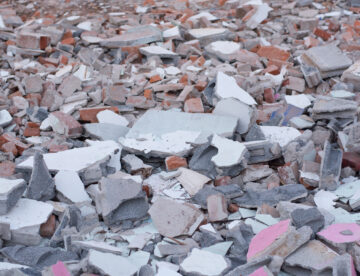
In a single year, the UK generates 67.8 million tonnes of non-hazardous Construction and Demolition waste, a figure that represents 62% of the nation’s total waste output.
This waste is made up of all kinds of products – concrete bricks, tiles, ceramics, insulation, wood, glass, plastic, bituminous mixtures, cement, gypsum, paints, varnishes, soil, stones, coal, tar, cables, pipes, adhesives and sealants – to name a few!
While much of this is recovered, taking action to reduce construction waste has proven to be good, not only for the environment, but also for business. Keep reading to find out more…

Across the world, people from all continents are witnessing the destructive effects of climate change – droughts, floods, wildfires, extended heatwaves. storms and crop failures.
When you consider this, alongside the rocketing increases in energy prices that’s causing many households and businesses to struggle with their bills, it’s clear that reducing the amount of energy we all use is now urgent – for both our planet and our purses.
One solution that we’re hearing mentioned more frequently within the construction world is the ‘Fabric First’ approach – changes that can be made when considering the design, construction and ‘fabric’ of a building to ensure it becomes energy efficient. In this week’s blog, we’ll tell you more.
